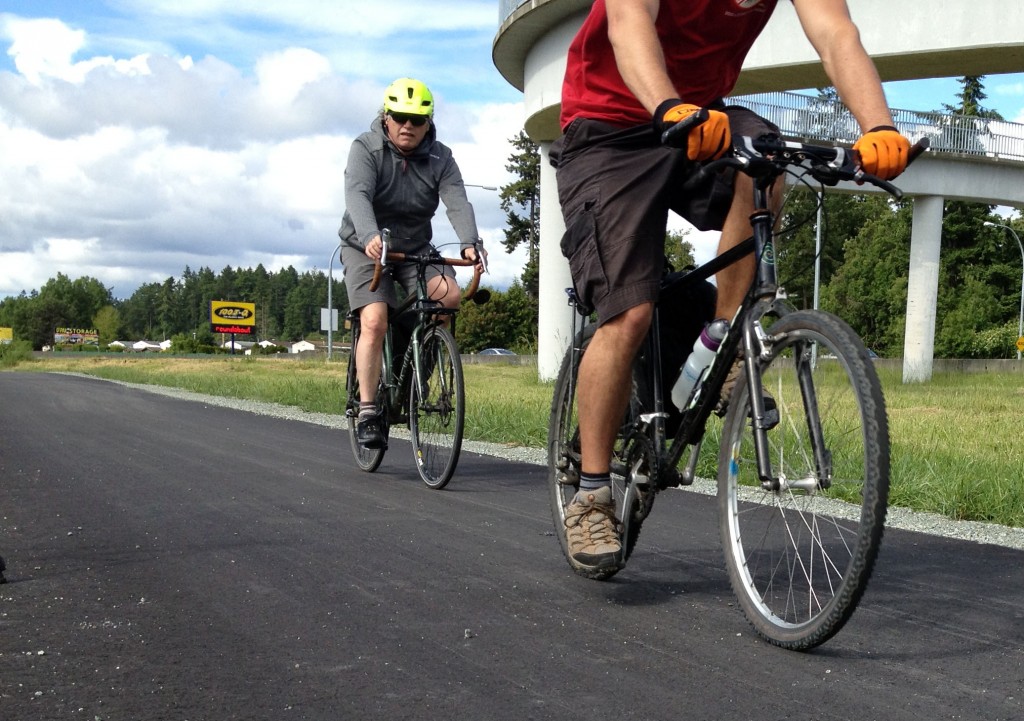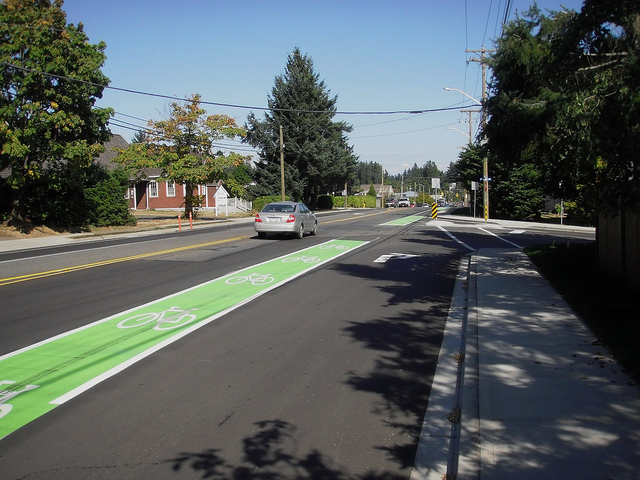
The days are longer, the weather is warmer, and you’ve been thinking about hopping on your bike and riding to work. And why not? It’s a great way to get some exercise, it’s much cheaper to commute with than your car, and it’s a whole lot better for the environment. The only thing you’re not looking forward to is riding your bike on the road with motorists. But don’t let that stop you. We’re here to help make your commute safer.
Step 1
If this is the first time you’ve been on your bike in a while, there are a few things you need to do. First, it’s time to check your gear. Do you have everything you need? Some good things to remember include a reflective vest, rain gear and other appropriate clothing/footwear, sunglasses, and a bike repair kit in case something goes wrong. And don’t forget your reflectors and lights. You’re really going to need them if you’re out when the sun goes down.
Your helmet is obviously a vital piece to include as well, but you might want to stop and think about whether you need a new one. If you’ve ever been in an accident with your current one, the answer is definitely, “yes”, but a helmet’s protective value can decrease with age, and manufactures usually recommend replacing them every three to five years.
Step 2
Next it’s time to look at your bike. Is it shifting gears properly? Do the brakes need replacing? Are your cables worn or damaged? If you have any doubts, take it down to your local bike shop for an inspection and tune up to be sure it’s in good operating condition.
Step 3
Now that you have everything you need, it’s time to plan your route. Choose a route that your feel most comfortable with, preferably one you know well, so you’ll know what to expect with regards to the terrain and traffic patterns. If you’re in the Metro Vancouver area, there are a lot of great tools to help you out. TransLink has maps showing cycling routes, and there’s also cycle route planners put together by UBC, The City of Vancouver, and others. Google Maps have a cycling route feature when you ask for directions, and bikemap can be another useful option. Many municipal government websites also have good information on local cycling networks and resources, like Kelowna, Prince George, Nanaimo, and the Capital Regional District (Greater Victoria area).
Step 4
So you’ve got everything you need, your bike is in great shape, and you know where you’re riding. But don’t head out the door just yet. Before you take to the street, make sure you’re familiar with the One Thing Drivers and Cyclists Need to Know. It’ll go a long way to keeping you and other travellers safe on the road.
Do you have any favourite bike safety tips? Leave us a comment below or connect with us on Facebook or Twitter and let us know.
Keep safe and enjoy the ride.

Join the discussion